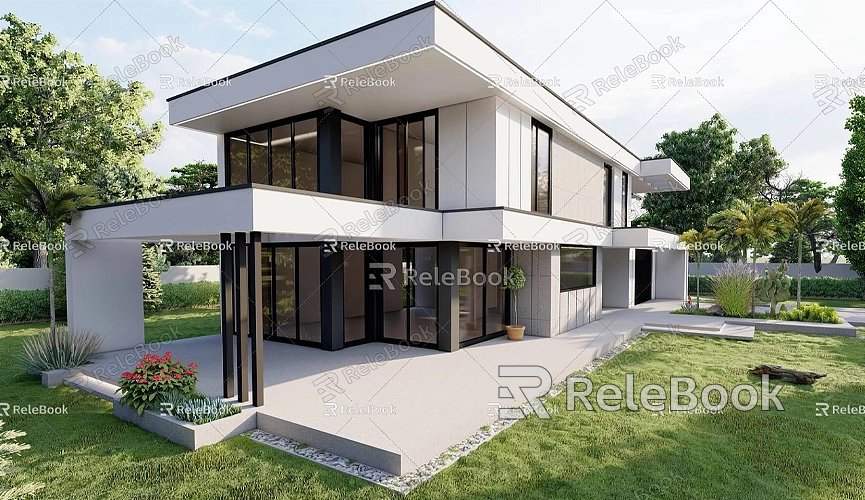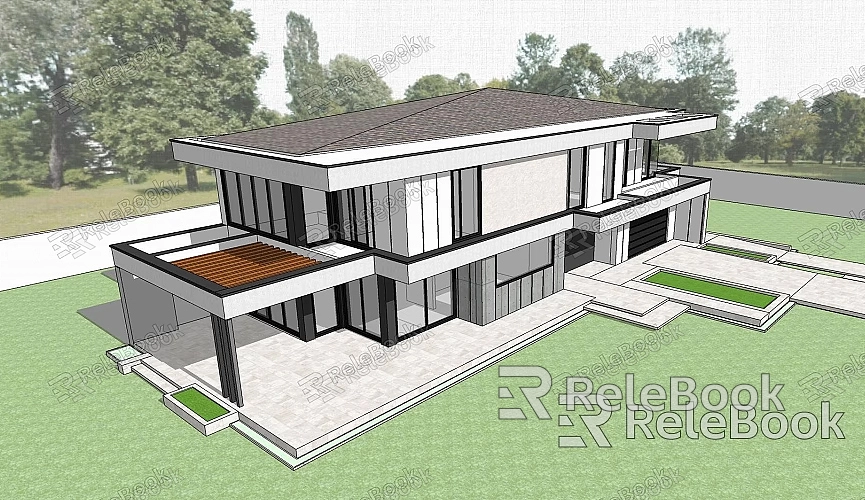Can sketchup model be imported into revit
In the fields of architectural design and engineering, SketchUp and Revit are two widely used software applications. SketchUp is favored by many designers for its ease of use and intuitive modeling interface, while Revit is known for its powerful Building Information Modeling (BIM) capabilities. In practice, many designers want to import SketchUp models into Revit for more in-depth design and analysis. So, can SketchUp models really be imported into Revit? This article will provide a detailed answer to that question and explain the specific import methods.

Export Formats for SketchUp Models
First, to import a SketchUp model into Revit, it’s important to understand the export formats that SketchUp supports. Revit accepts several different file formats, including DWG, DXF, and FBX. Therefore, we can achieve the import by exporting the SketchUp model in one of these formats.
Exporting a model in SketchUp is quite simple. Open your SketchUp file, click on the “File” menu, select “Export,” and then choose either “2D Graphic” or “3D Model.” Next, select the appropriate format (like DWG or DXF). You can adjust the export settings as needed to ensure the quality of the model.
Importing the SketchUp Model into Revit
After exporting, the next step is to import the model into Revit. Here’s how to do it:
First, open Revit and either create a new project or open an existing one. Then, click on the “Insert” tab, find the “Import CAD” or “Import” button, and select the DWG or DXF file you just exported. Revit will prompt you to set some import parameters, such as units and layer selection. Once you’ve configured these settings, click “OK” and wait for Revit to load the model.

During the import process, Revit will automatically recognize the layers and elements in the file. Once loading is complete, you’ll be able to see the imported SketchUp model in the view.
Adjusting the Imported Model
After the import, some adjustments may be necessary for the model. Due to differences in modeling approaches between SketchUp and Revit, the imported model may have issues with scale or positioning. You can use Revit’s “Move,” “Rotate,” and “Scale” tools to make the necessary adjustments to ensure it meets design requirements.
Additionally, the imported model might include unnecessary details. To optimize the model, you can manually delete redundant elements or group the model in Revit for easier management and editing.
Utilizing Revit’s BIM Features
By importing a SketchUp model into Revit, you can take advantage of Revit’s robust BIM features for deeper analysis and design. Revit allows you to add detailed construction information to the model, including materials, structures, and engineering systems. This capability helps designers conduct a more comprehensive evaluation during the design process, ensuring project feasibility.
Tips
Here are a few tips to help make the import process smoother. First, ensure that the components in your SketchUp model are named consistently, making it easier to find them in Revit. Second, simplify your model by removing unnecessary details to reduce complexity during import. Finally, check the model after importing to ensure that all elements have loaded correctly.
Obtaining High-Quality 3D Resources
Using high-quality resources is crucial during modeling and design. If you need high-quality 3D textures and HDRI while creating models and virtual scenes, you can download a variety of them for free from [Relebook Textures](https://textures.relebook.com/). If you’re looking for beautiful 3D models, you can find many quality resources at [Relebook Models](https://3dmodels.relebook.com/). These resources will greatly enhance your design outcomes.
In conclusion, SketchUp models can indeed be imported into Revit. By following the appropriate export and import procedures, you can combine the strengths of both applications to improve design efficiency. Through adjustments made after importing and leveraging Revit’s BIM features, you can conduct more in-depth design and analysis. I hope this article helps you better understand how to import SketchUp models into Revit!

